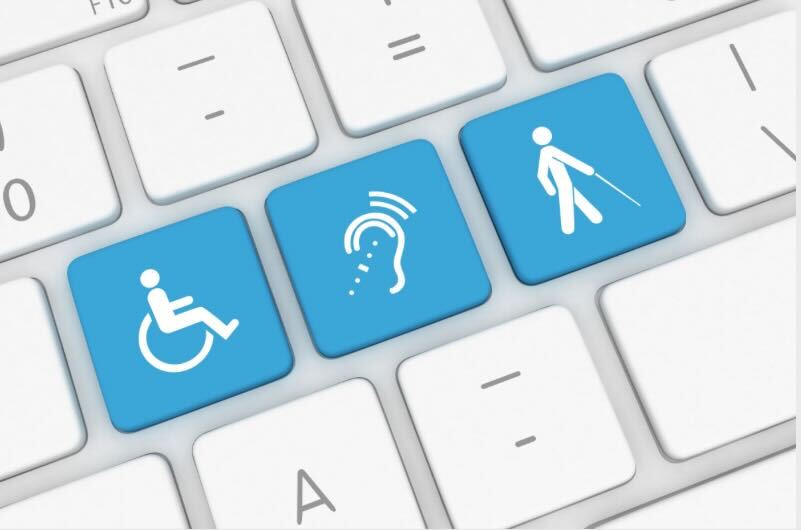Today’s Marketers Must Think Accessibly—Meeting Consumers in Inclusive Micro-Moments
Modern marketing is no longer just about reach it’s about resonance. Today’s consumers make decisions in micro-moments: brief, intent-driven touchpoints when they need answers, make choices, or take action. However, for disabled consumers, these moments can easily become barriers when content, platforms, or experiences lack accessibility. 1 in 5 people have disabilities, meaning accessibility isn’t a niche concern, it’s a necessary foundation for inclusive and effective marketing.

Understanding Accessible Micro-Moments
To truly include and engage every consumer, marketers must align with micro-moments and embed accessibility into each stage. Google defines four types of micro-moments:
1 I want to know. I am researching but not ready to buy.
2 I-Want-to-Go – Looking for nearby locations or services.
3 I-Want-to-Do – Seeking instructions or demonstrations.
4 I-Want-to-Buy – Ready to make a purchase.
An accessible marketing strategy ensures that every one of these moments is inclusive—supporting users with disabilities by removing friction, confusion, and exclusion from the journey.
Matching Accessibility to Micro-Moments
1 Accessible Content & SEO – Use alt text, transcripts, and plain language to ensure I-Want-to-Know moments are discoverable and understandable by all users, including screen reader users and neurodivergent audiences.
2 Inclusive Local Listings – Include accessibility details (e.g., ramps, ASL services, quiet hours) in I-Want-to-Go moments, so disabled users can make informed decisions before visiting.
3 Captioned Videos & Descriptive Visuals – Ensure I-Want-to-Do content on YouTube, TikTok, or Instagram Reels is usable for deaf, blind, and neurodivergent audiences through accurate captions, audio descriptions, and logical structure.
4 Barrier-Free E-Commerce – Simplify I-Want-to-Buy moments by using accessible website design, readable fonts, keyboard navigation, and chatbot tools that support assistive tech.
Winning Strategies for Accessible Marketing
• Leverage Inclusive Data – Collect feedback from disabled users to identify where barriers exist and how to remove them.
• Design with WCAG in Mind – Follow the Web Content Accessibility Guidelines (WCAG) to ensure digital content is perceivable, operable, understandable, and robust.
• Prioritize Universal Design – Build marketing assets that serve everyone, not just some—this includes diverse representation in imagery and messaging. Include image descriptions in your write-up.
• Test with Real Users – Automated tools are helpful, but real disabled users will tell you what truly works.
• Maintain Consistent Inclusion – Accessibility isn’t a one-off campaign—it’s an ongoing commitment woven into every message, platform, and design.
Conclusion
By embracing accessibility in every micro-moment, brands don’t just follow best practices—they lead with values. When marketing meets inclusivity, it expands reach, builds loyalty, and creates better experiences for all. The brands that win tomorrow are the ones creating space for everyone today.
